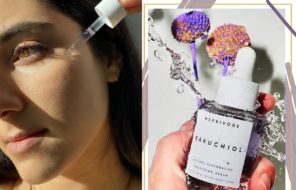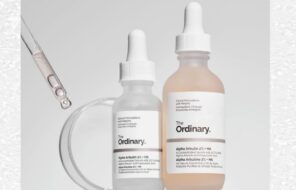Understanding how Korean face masks are formulated and how they tie into the Asian skin care philosophy will surely make you see a place for them in your own beauty routine. In this article, we explain what the different kinds of Korean masks are and explain how they differ from one another as well as from masks from other parts of the world. We’ll help you learn how to choose the best Korean face mask for you, based on your skin type and concerns, and even give a quick guide on how to use each type of face mask.
In this article:
- Types of Korean Face Masks
- How to Choose the Best Korean Face Mask for Your Skin Type?
- How to Use Korean Masks?
Types of Korean Face Masks
This is my attempt to explain what are all the different kinds of Korean face masks, but it’s important to remember that this is an industry that always innovates. I’m sure that in just a few months some totally new face masks will show up on the market in a delivery style that we had never seen before!
Wash-Off Cream Masks
Wash-off cream masks from Korea don’t look very different from wash-off masks from other countries. They can look a little creamier or a little more like gels, but either way, they are meant to be applied to the skin when it is clean, washed off after some time, and then followed up with a typical skin care routine.
These Korean masks are usually suggested for dry or normal skin to prevent premature aging or to give the skin a more luminized appearance. They can also be made to target more specific concerns.
They are actually not as popular as other Korean mask types I’ll outline, but they are still very common. Western brands will usually recommend you’ll leave your masks on for 15-20 minutes, while Korean brands will recommend that you rinse your mask off after 5-10 minutes.
The main difference, however, is in the ingredients. There are some skin care ingredients that are simply extra popular in Korea and as a result they are much likelier to show up in Korean face masks. These include egg-derived compounds, Asian plant extracts, green tea, and niacinamide.
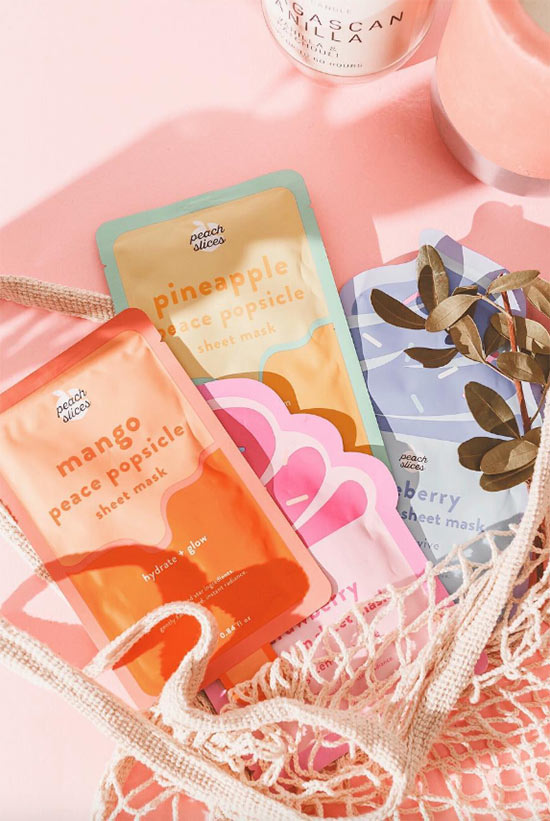
With humectants, you will often see butylene glycol used high up in the formula, whereas Western masks will start off with glycerin. The two function very similarly, but it is an interesting difference to note. Ingredients that you’ll see in cream masks from Korea as well as in cream masks from other countries include squalane as well as botanical oils and butters, hyaluronic acid, vitamins E and C, aloe vera, and more.
Korean Sheet Masks
I’ve written whole articles dedicated to sheet masks, so let’s just give a quick overview. Sheet masks first became popular in South Korea, and for a good reason. The sheets themselves are normally made of cotton or cellulose, and they are soaked in some sort of facial essence that is usually very lightweight and rich in hydrating ingredients.
These Korean face masks are usually packed in single-use pouches, and may be sold individually or in sets. Once removed out of the pack, the sheet is unfolded and then gently smoothed over the face.
Sheet masks can be left on for as long as they are moist, which can be anywhere from 30 minutes to two hours. They are usually applied at some point in the middle of the skincare routine, after essences and either before or after ampoules and serums.
Sheet masks are almost always extremely hydrating, since the main ingredients in their essences are water-binding humectants like butylene glycol, glycerin, and hyaluronic acid. The Korean skin care philosophy focuses on hydration for all skin types, which is extremely prudent.
Hydration is key to healthy skin functioning no matter how much or little oil one’s skin produces. On their own, nothing would stop these hydrating ingredients from evaporating from the skin. The sheet itself acts as an occlusive, however, preventing these ingredients from evaporating and instead ensuring that they penetrate deep into the skin.
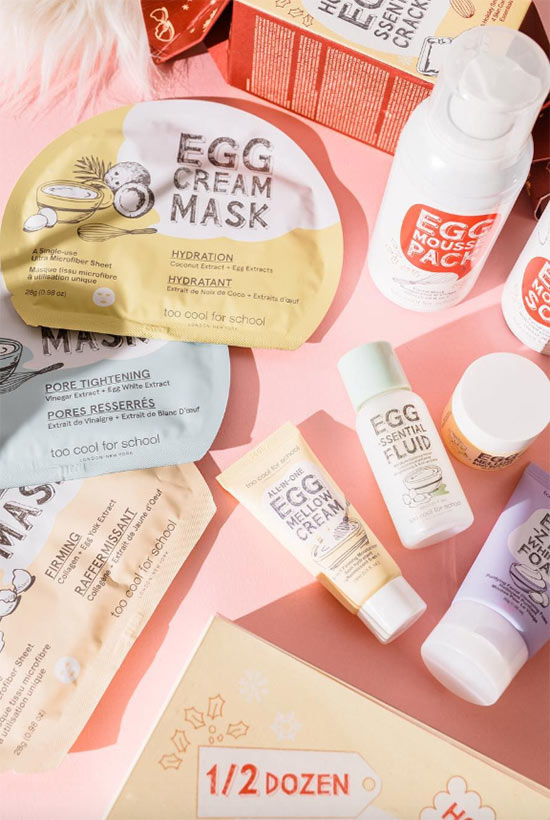
Beyond the humectants, sheet masks can be infused with all kinds of other water-soluble ingredients based on the unique needs they are meant to target. These can include centella asiatica or green tea for sensitive skin, licorice extract and vitamin C for treating hyperpigmentation, or niacinamide and peptides for countering signs of premature aging.
There are also smaller sheet masks and patches meant to go over a specific part of the face. The most common are eye patches, followed by lip masks. They will usually have some specific ingredients meant to target those areas of the face.
Rubber and Hydrogel Masks
This is probably the most interesting Korean face mask subcategory, since it really interjects a lot of fun into the masking experience. In practice, these masks are most comparable to sheet masks, since they create an occlusive layer over the skin that allows the beneficial ingredients to penetrate slowly.
Rubber masks, in particular, also involve a DIY aspect that can be very enjoyable. They usually come in a shakeable container, with two or three pouches that contain powder and liquid. The ingredients are mixed together to form a paste that must be quickly applied to the skin.
Once it dries down, it becomes rubbery. The rubber is a great seal with a cooling effect, that allows the skin to totally absorb the beneficial skincare ingredients. The ingredients themselves are the hydrating, soothing, anti-aging, and brightening ones we’ve come to expect from Korean products.
Hydrogel masks work similarly, but there is no DIY aspect. These Korean face masks are made of a thick yet flexible gel material that works like the rubber to cool the skin and allow it to absorb the ingredients.
The gel mask is infused with an essence, similar to a sheet mask, and it penetrates into the skin while cooling it. These Korean masks tend to be especially soothing and hydrating, so they are ideal for dry, dehydrated, and sensitive skin.
Sleeping Masks
Sleeping masks or packs are another Korean mask category we’ve dedicated a whole article to, so let me breeze through the details. These are masks that are meant to be applied to the skin at night as a final skin care step. You go to sleep with the mask on, and then wash it off in the morning.
These Korean face masks are always hydrating, but they often have additional soothing, brightening, or anti-aging effects. They can work for all skin types, since everyone deals with dehydration, but they tend to target skin issues associated with sensitive or maturing skin.
They are always rich in humectants (can you see a theme here?) and will sometimes also include occlusive silicones or film formers. These ingredients will draw moisture into the skin throughout the night and prevent its evaporation. These Korean face masks will usually have more of a gel texture, but sometimes you’ll see creamier sleeping packs as well.
In many instances the overnight masks will also contain a low percentage of a chemical exfoliant. Usually the exfoliant is glycolic acid, but we’ve also seen fruit enzymes, which haven’t had their exfoliating effects verified. This percentage is enough to give a very light resurfacing effect, but it’s not as harsh as a dedicated chemical exfoliant.
Otherwise, you will see these masks made with the typical Korean skin care ingredients like a variety of plant extracts and vitamins.
Clay Masks
Clay masks are masks made with clay that offer a deep cleansing effect that is usually best for oily skin. The clay in the masks is able to absorb oil as well as impurities and is especially great for unclogging pores and momentarily tightening them.
They are extremely popular outside of Korea, of course, but Korean clay masks tend to be a little different and, in my opinion better than their European and North American counterparts.
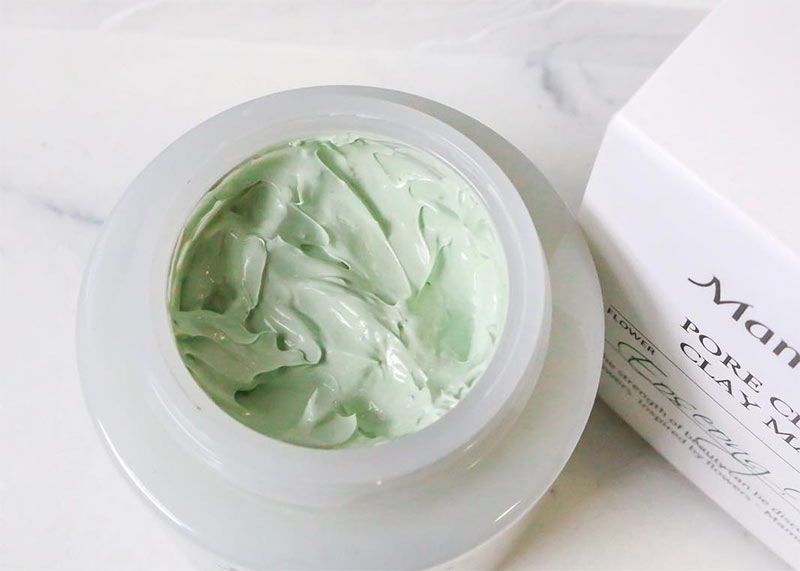
Korean clay masks almost always only utilize kaolin clay, which is the gentlest of the clays you’ll find in masks, and stay away from harsher clays like bentonite. The other difference is that they tend to be infused with hydrating and moisturizing ingredients that help counter the drying effects of the clay. They tend to be much less drying than Western clay masks, and they can even be straight-up moisturizing.
In addition to containing clay as well as hydrating ingredients, Korean masks with clay will sometimes also include tea tree oil in order to fight breakouts, titanium dioxide for its soothing effects, as well as a variety of antioxidant and soothing plant extracts.
Peel-Off Masks
Peel-off masks are particularly popular with a younger crowd. These Korean face masks come in the form of a thick paste in a tub, but once applied to the skin they dry down to create a very thin film over the skin. They can then be peeled off in a process that also exfoliates the skin.
I’m actually not a fan of peel-off masks since I feel like they can be quite irritating to the skin. That’s why I haven’t recommended any of them on the list! The peeling process unnecessarily pulls and tugs on the skin in a way that is actually usually avoided in the Korean multi-step routine.
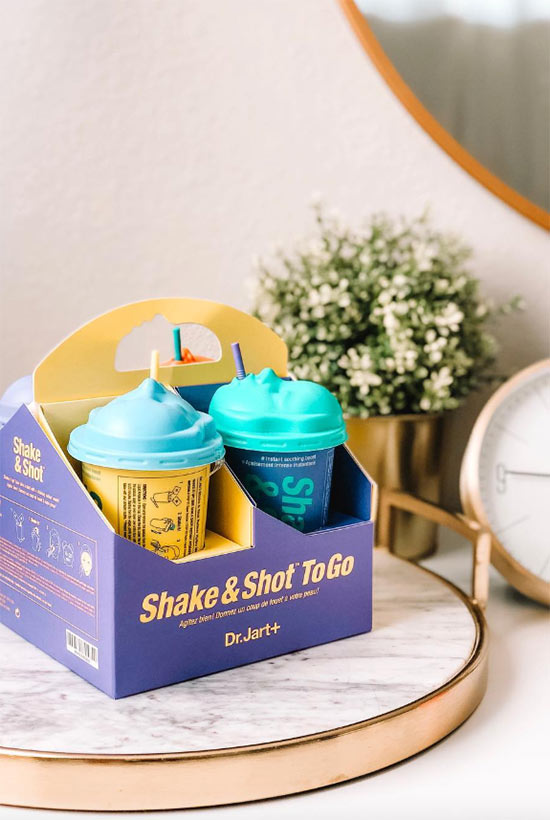
How to Choose the Best Korean Face Mask for Your Skin Type?
Now you know all the Korean face mask types, and it’s time to learn how to pick the best one for your specific skin type and needs.
Best Korean Face Masks for Dry Skin
If you have dry skin that produces very little oil, then there are a few great Korean mask options for you. As with any skin care products, you want to find masks rich in nourishing ingredients that will help to load your skin up with both water and barrier-restoring ingredients.
For the latter you will want masks rich in humectants, which are ingredients that are able to pull moisture from the atmosphere into the skin. These tend to be the main ingredients in sheet masks, especially, and they are actually wonderful for all skin types. They include glycerin, butylene glycol, honey, panthenol, and hyaluronic acid.
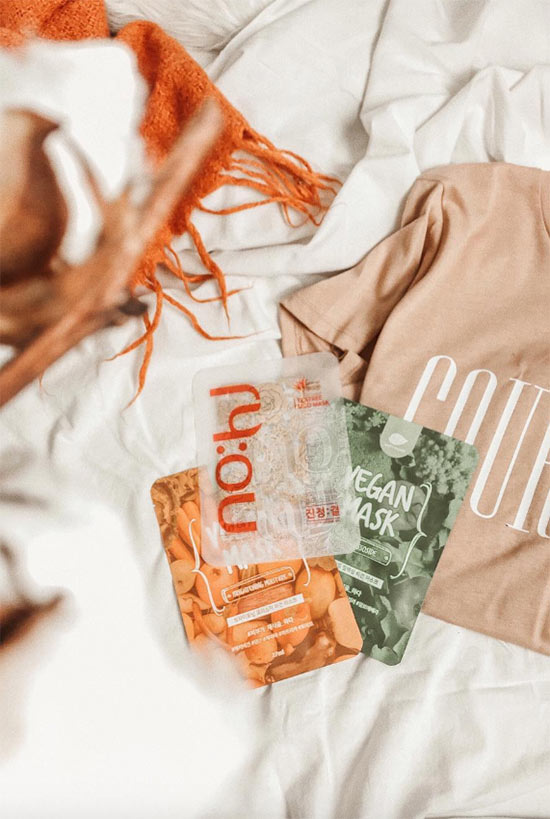
For the former, cream masks might be the better fit. Barrier-restoring ingredients include many different botanical oils and butters, squalane, ceramides, and cholesterol. These ingredients help create a protective coating over the skin that prevents moisture from escaping and makes the skin both softer and stronger.
Those with dry skin need these ingredients because their skin doesn’t produce enough sebum, which is the substance our body produces naturally to protect and reinforce the skin. Sleeping masks can also do the trick, although look at the ingredients first – you want to make sure the sleeping mask contains both hydrating humectants and occlusive and restoring oils or silicones.
Pretty much all Korean face mask categories will work for you, with the exception of clay masks and peel-off masks. You can choose your favorite category, or integrate cream masks, sheet masks, and sleeping masks into your routine.
Best Korean Face Masks for Oily Skin
Quick refresher: if your skin produces a lot of sebum (i.e. oil) throughout the day, your face is always a little shiny, and your pores are on the larger side, then you have oily skin. While Korean masks tend to target dryness or dehydration, they actually do so in a way that works very well for those with oily skin.
Korean face masks are usually made with hydrating ingredients that are neither oily nor pore-clogging. This fits with a skin care philosophy that focuses on keeping the skin quenched in a humid climate like South Korea’s.
That being said, you will still see some Korean face masks that are creamier and therefore likelier to feel heavy and greasy on your skin, even if they won’t necessarily include ingredients that are going to cause any issues.
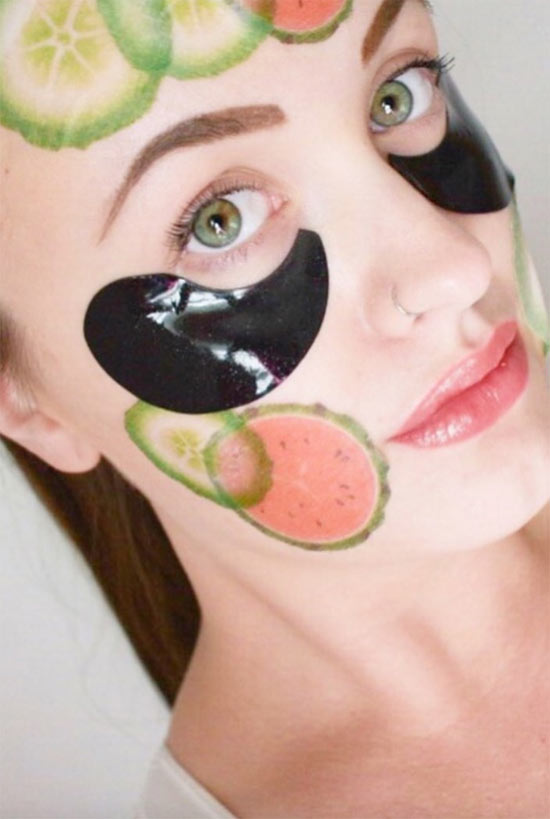
For simple nourishment, you are better off sticking to sheet masks, which are a great way of locking moisture into the skin without adding any oil to it. You can also experiment with rubber and hydrogel masks if you like.
If you want a Korean face mask that will help mattify your skin and give it a deep clean, then choose a clay mask. It’ll do a wonderful job of unclogging the pores without drying out or stripping the skin. You can also look for either rinse-off or sheet masks reinforced with oil-absorbing charcoal.
Best Korean Face Masks for Normal and Combination Skin
I usually class normal and combination skin together because normal skin is just what combination skin becomes when it behaves well. This refers to skin that is somewhere between oily and dry, usually with areas of the face like the T-zone being oilier and other areas like the cheeks being drier.
Most Korean masks are suited for all skin types, with formulas that are hydrating and moisturizing without being oily or greasy. You have a ton of options to choose from, especially when it comes to sleeping masks, sheet masks, and rubber masks.
For hydration, any Korean mask will do. You can use clay masks during times when your skin is feeling a little oilier than normal, or you can only use them on the oily parts of your face.
Best Korean Face Masks for Sensitive Skin
If your skin is sensitive and gets red and irritated very easily, then you definitely need to be a little more careful when experimenting with new products. However, masks can be a great way of soothing your skin, especially if they’re cold. Sensitive skin can be dry, oily, or normal/ combination, so when choosing a Korean face mask category refer to your skin type first.

No matter whether you choose a sheet mask, sleeping mask, or a wash-off mask, you want one that will have a variety of skin-soothing and antioxidant ingredients. These ingredients will help to reduce inflammation and damage, which will make your skin look and feel healthier.
The soothing ingredients most commonly used in Korean masks include centella asiatica, green tea extract, and calendula extract. Some people find that niacinamide also has a calming effect on their skin.
The one downfall of Korean masks for sensitive skin is the use of fragrances and essential oils. It is usually a little difficult to find Korean products that are totally free of scent, which is unfortunate since those with sensitive skin are very often highly reactive to it.
If you don’t react to fragrances despite having sensitive skin then don’t worry, but if you are then you might have to sort a little more carefully through ingredient lists when choosing the best Korean face mask for you.
Best Korean Face Masks for Signs of Aging
A lot of us worry about either finding ways to slow down the aging process or trying to reverse existing signs, which is why anti-aging is such a big part of skin care. Thanks to all of the humectants, Korean masks are really great at giving an immediate skin-plumping effect that helps temporarily minimize the look of fine lines and wrinkles.
Applying any sheet mask, hydrogel mask or rubber mask right before a special event can be a great way of ensuring that your skin looks its best. You can also try a sleeping mask the night before a big day!
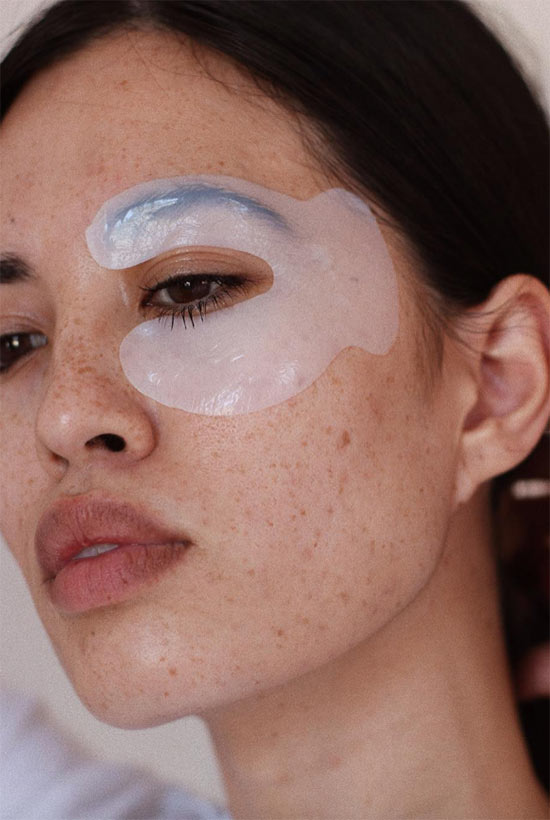
For long-term results, however, you want to find masks that are rich in antioxidants, which are quite common, and rejuvenating ingredients, which are a little more targeted. Antioxidants in Korean skin care usually come from botanical extracts as well as from vitamin C, vitamin E or niacinamide. They help to prevent environmental factors like pollution and sun exposure from taking their toll on the skin, and in that way are able to prevent premature aging.
For stronger anti-aging ingredients that can actually reverse some signs of aging, look for masks specifically advertised as being firming. You are not likely to find super strong retinoids in Korean face masks, but you will see their gentler forms like retinyl palmitate. Peptides definitely make an appearance in a lot of Korean products, as well, and are worth seeking out.
Best Korean Face Masks for Hyperpigmentation
Korean masks are not going to be the strongest products to counter hyperpigmentation or dark marks on the skin, but they can certainly help. You will want to look for masks that are advertized as ‘brightening’.
These can be masks from any of the categories! The most common skin-brightening ingredients in Korean masks are niacinamide, licorice extract, and vitamin C, although usually in gentler forms like sodium ascorbyl phosphate rather than the more powerful l-ascorbic acid.
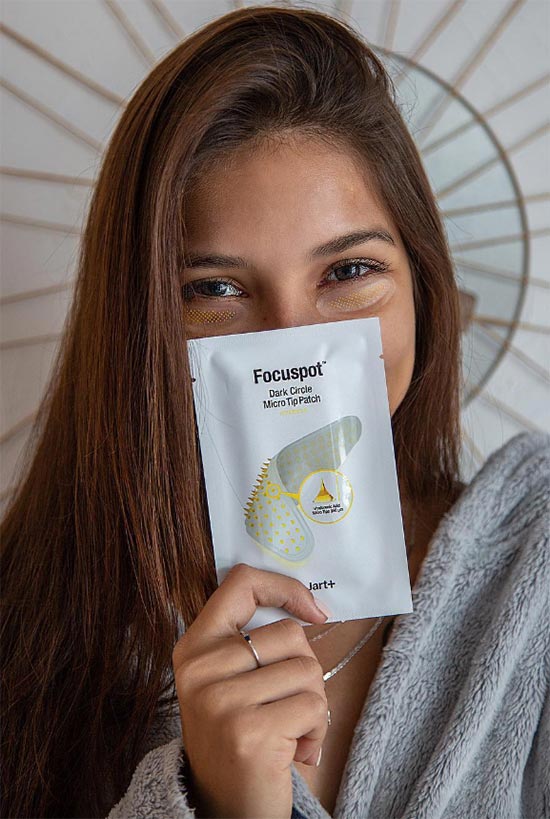
Best Korean Face Masks for Clogged Pores and Acne
Korean face masks usually target acne in a very gentle way, with a focus on calming down active breakouts with soothing anti-inflammatories rather than zapping them with strong resurfacing actives.
That’s why they are going to include ingredients similar to what you’ll see in masks made for sensitive skin: centella asiatica extract, propolis, chamomile, and calendula. You can also look for Korean face masks with anti-bacterial tea tree oil or small percentages of salicylic acid.
If you have particularly angry breakout, a sleeping mask overnight can do wonders for calming down the irritation.
You can also choose clay-based Korean masks, especially if you are dealing with clogged pores and blackheads, or if you have very oily skin that is acne-prone.
How to Use Korean Masks?
As you’ve probably noticed so far, Korean face masks are very diverse. As a result, the way they should be used is also very diverse! Always pay attention to the use instructions on every new Korean mask that you buy, because some masks are meant to be applied early in the routine, while others are meant to be applied later.
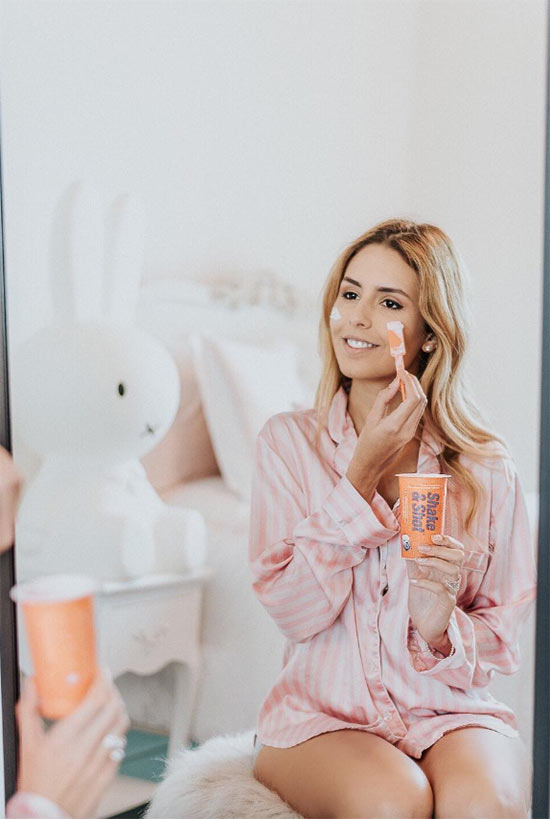
- Rinse-off clay and cream masks are usually best to put on right after cleansing. They often come in a jar container, so to keep things sanitary they should be removed from the container with a small spoon or spatula rather than with the hands. They can be applied to the face with hands or with a mask brush. You will want to rinse them off after about 5-10 minutes, and then apply your leave-on skincare.
- Sheet, rubber, and gel masks are best applied after toning or applying essences and light serums, but before thicker serums or ampoules. You can leave them on for up to two hours, but 20 minutes will suffice if you’re short on time. Once you remove a sheet mask, you don’t have to rinse or remove anything.
- Sleeping masks should be the very last step of your evening skincare routine. You go to bed with a sleeping mask on and only rinse if off in the morning before doing your AM routine.
Photos via @samitaylor.d, Instagram


